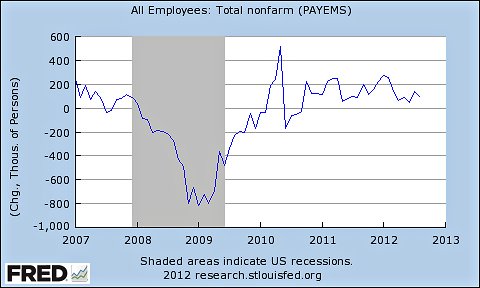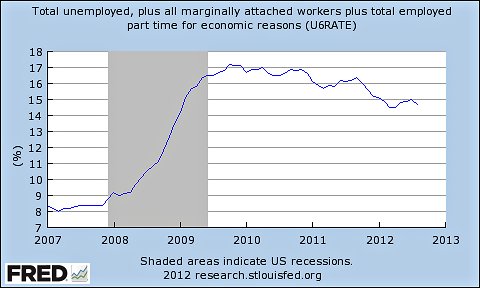The country’s recovery gained momentum in the second quarter as all of Britain’s main industries reported faster growth, government statistics released on Thursday showed. But some economists warned that it was too early to say Britain’s malaise was over.
Gross domestic product grew 0.6 percent in the second quarter, compared with the first three months of the year, when the economy grew 0.3 percent, the Office for National Statistics said on Thursday. Growth spanned the service sector, which accounts for about three-quarters of Britain’s economy, and construction, agricultural and production, which includes manufacturing. It was the first time in three years that all those industries grew at once.
“Growth not only accelerated appreciably but is also becoming more broadly based,” said Howard Archer, an economist at IHS Global Insight. But he also said that “significant economic headwinds persist,” meaning that the economy “will likely remain prone to periodic losses of momentum.”
On Wednesday, data released from the long-suffering euro zone similarly showed improvement. A survey of purchasing managers by the research firm Markit indicated that manufacturers in Germany and France had begun increasing production as demand grew, and evidence indicated that a credit squeeze for consumers was easing. But there, too, the recovery was likely to continue to be fragile despite the positive reports, some economists said.
In Britain, the service sector grew 0.6 percent in the second quarter, construction grew 0.9 percent and agriculture increased 1.1 percent. Production, including manufacturing, grew 0.6 percent, the Office for National Statistics said.
“Firms are feeling upbeat and are capable of expanding,” said John Longworth, director general of the British Chambers of Commerce. “More and more are adopting a ‘have a go’ attitude when it comes to exporting, which is really encouraging, as this will go a long way to driving growth further still.”
The BT Group, the telecommunications company, on Thursday reported fiscal first-quarter earnings that beat some analysts’ forecasts and said the outlook for its business was improving slightly. EasyJet, the low-cost airline, said on Wednesday that its sales rose in the second quarter as it added capacity in Europe.
The economic revival in Britain is also accompanied by a rise in the price of residential property, according to the mortgage provider Halifax, a unit of the Lloyds Banking Group. The value of homes rose 0.6 percent in June to the highest level in almost three years, helped by government measures that help potential home buyers make down payments.
But some economists said Britain’s recovery could start to lose momentum again in the second half. Banks remain reluctant to lend, especially to small and medium-size companies; real wages have barely moved; and inflation continues to exceed the Bank of England’s 2 percent target. A recovery is also closely linked to the strength of the economies of Continental Europe, Britain’s largest export market, and Asia.
Economists and investors are waiting to hear from Mark J. Carney, who took over as governor of the Bank of England this month, about his plans to strengthen the recovery. Mr. Carney is expected to present the central bank’s new policy on offering more guidance in early August, when the latest inflation report will be released.

Article source: http://www.nytimes.com/2013/07/26/business/global/britains-recovery-picks-up.html?partner=rss&emc=rss




